Medications: What You Should Know to Make Smarter Health Decisions
Finding the right medication is more than just following a prescription. It’s about understanding how certain drugs work, what alternatives exist, and how to manage costs without sacrificing care. Whether you’re struggling with expensive insulin, curious about inhaler options, or want to know how your blood pressure medicine might affect your sleep, this page has insights that matter.
How to Save on Essential Medications Without Compromising Safety
Prescription drugs like insulin or biologics can be costly, and insurance doesn't always cut it. Have you ever considered international pharmacies? Some real-life cases show that buying medicines abroad can lower your bills dramatically. But it's crucial to weigh the risks, check for proper certifications, and understand your insurance's attitude towards these purchases. We lay out clear tips and numbers so you can see when it's worth exploring these options.
Finding Alternatives and Managing Side Effects
Your current medication might not be the only choice. Take inhalers for asthma or COPD—some new options arrived in 2025, often with better pricing or fewer side effects. Same with common drugs like Alprazolam; non-addictive alternatives are becoming more accessible, easing anxiety management without heavy risks. Also, knowing how medicines like losartan-hydrochlorothiazide affect things like sleep can help you tweak your routine for better rest. Understanding these details can improve your daily life and health outcomes.
Medications are tools, but the power comes with how you use them. Stay informed, ask meaningful questions, and explore choices that work for your body and budget. That’s how you take control of your health journey.
Medication Safety for Chronic Conditions: Essential Long-Term Use Tips
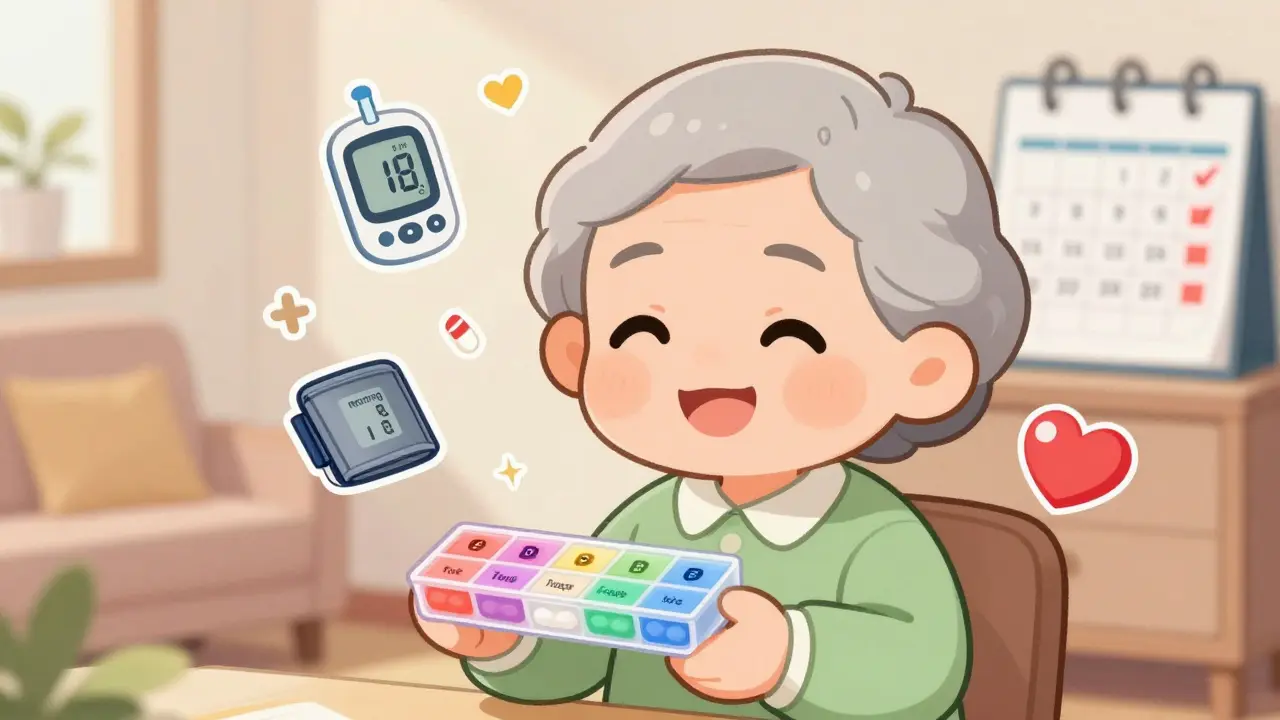
Learn practical, proven ways to stay safe while taking medications for chronic conditions long-term. Avoid dangerous interactions, reduce risks from polypharmacy, and improve adherence with simple daily habits.
read moreFalls and Medications: Which Drugs Increase Fall Risk for Seniors
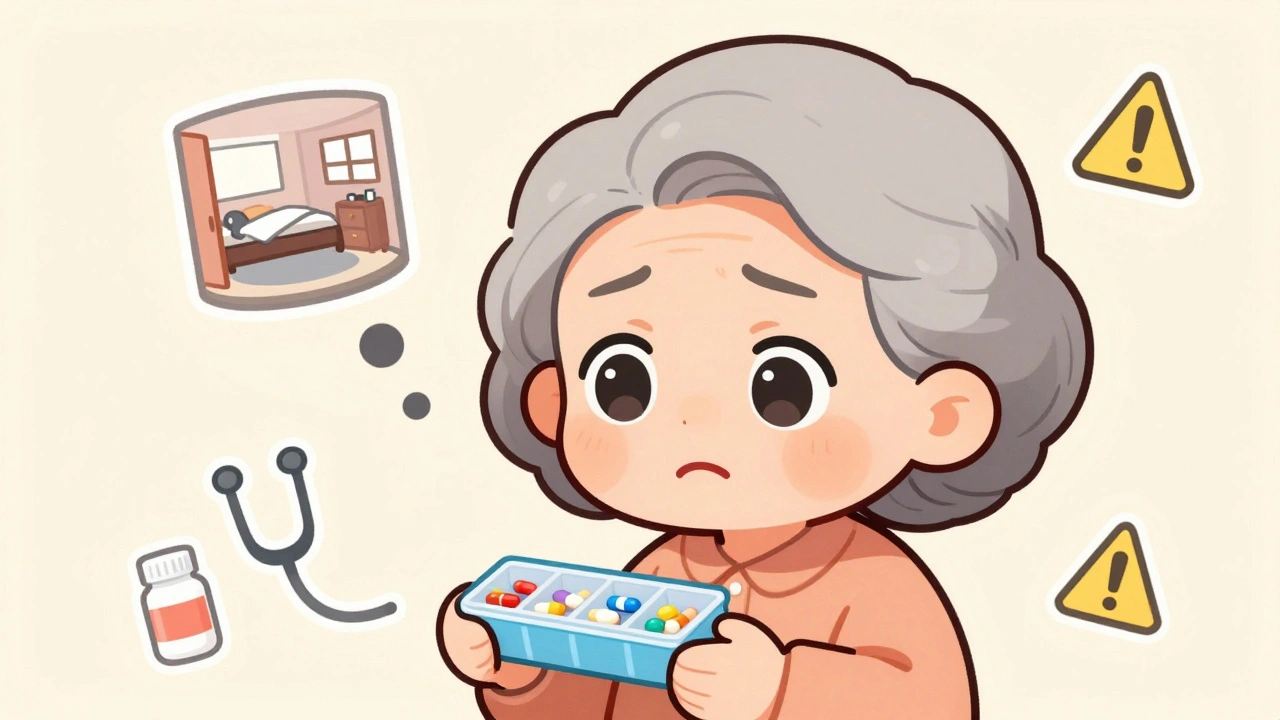
Many seniors fall because of medications they're taking-antidepressants, benzodiazepines, blood pressure pills, and even OTC sleep aids. Learn which drugs raise fall risk and how to safely reduce them.
read moreHow to Report Counterfeit or Tampered Medications: Step-by-Step Guide for Patients and Providers
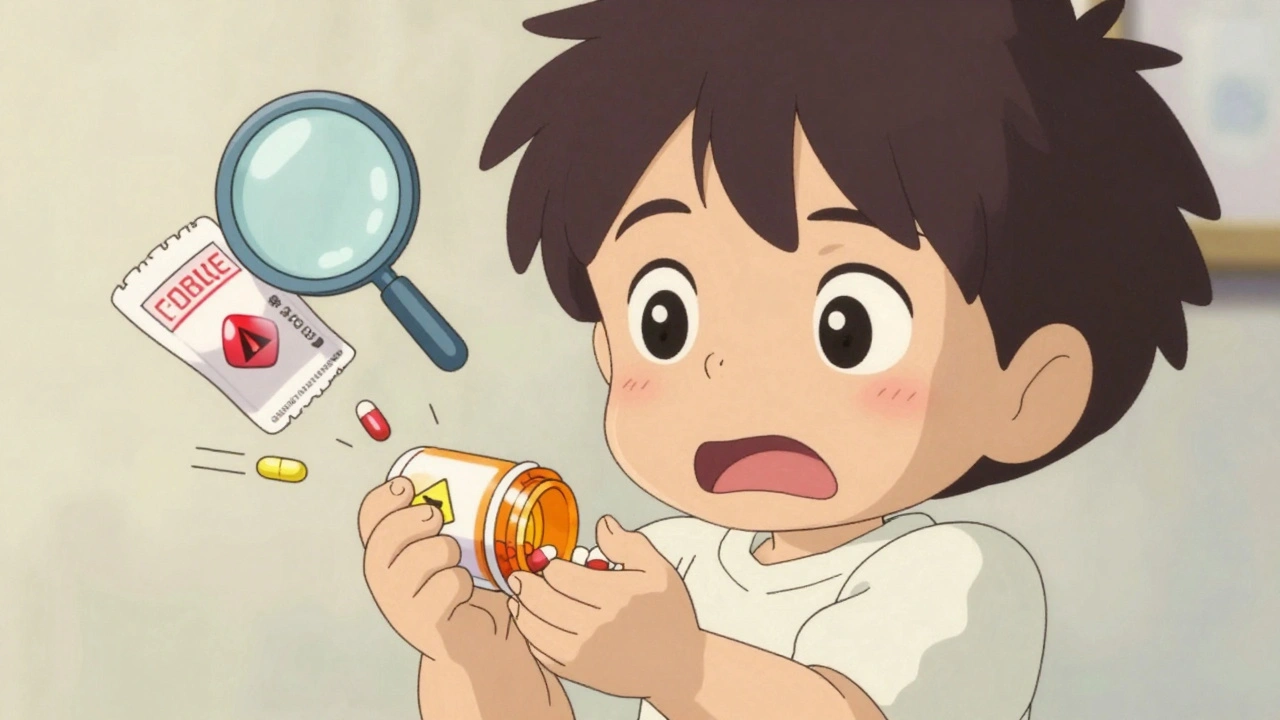
Learn how to report counterfeit or tampered medications to protect yourself and others. Step-by-step guide for patients, pharmacists, and providers on using MedWatch, DEA tip lines, and other safety systems.
read moreHow to Use Clinician Portals and Apps for Drug Safety Monitoring
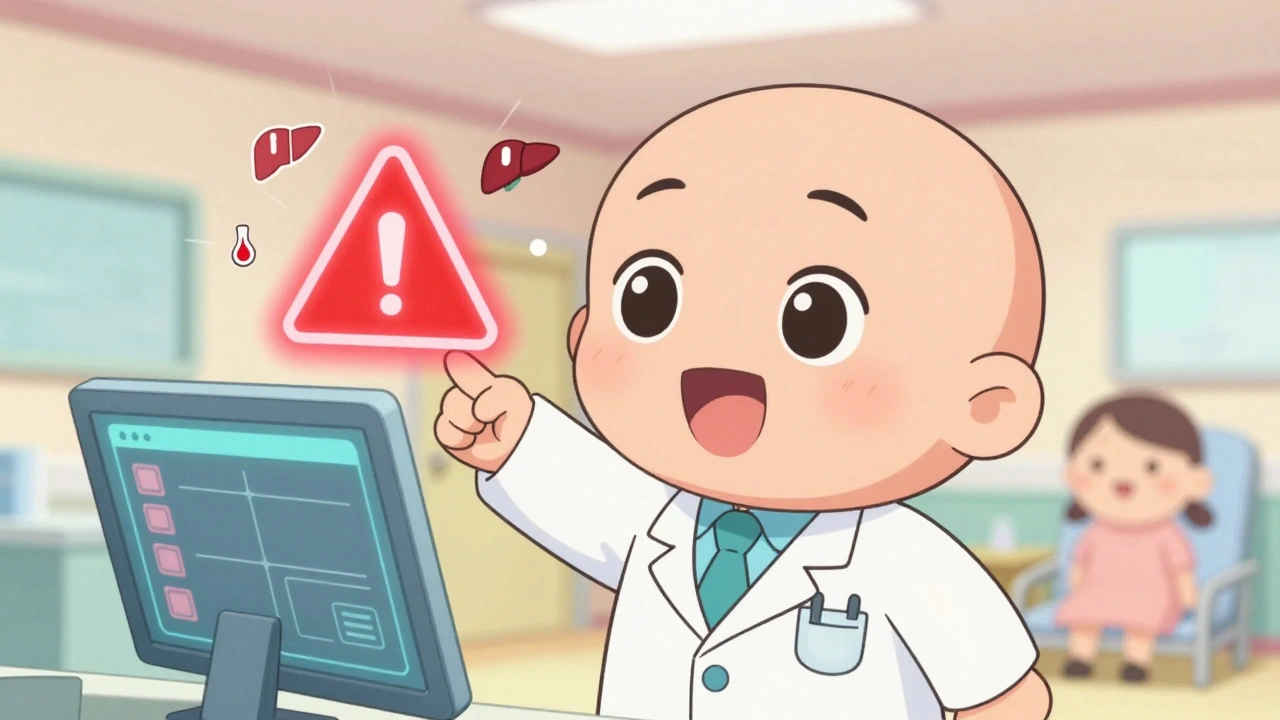
Learn how clinicians use secure portals and apps to detect and report adverse drug reactions in real time. From EHR-integrated alerts to AI-powered signal detection, discover the tools changing drug safety monitoring today.
read moreEssential Tremor: How Beta-Blockers Help Control Involuntary Shaking

Essential tremor is the most common movement disorder, affecting millions. Beta-blockers like propranolol are the first-line treatment, offering significant tremor control for many patients-though side effects and individual response vary widely.
read moreChronic Kidney Disease and Metformin or SGLT2 Inhibitors: Dosing and Safety Guidelines 2025
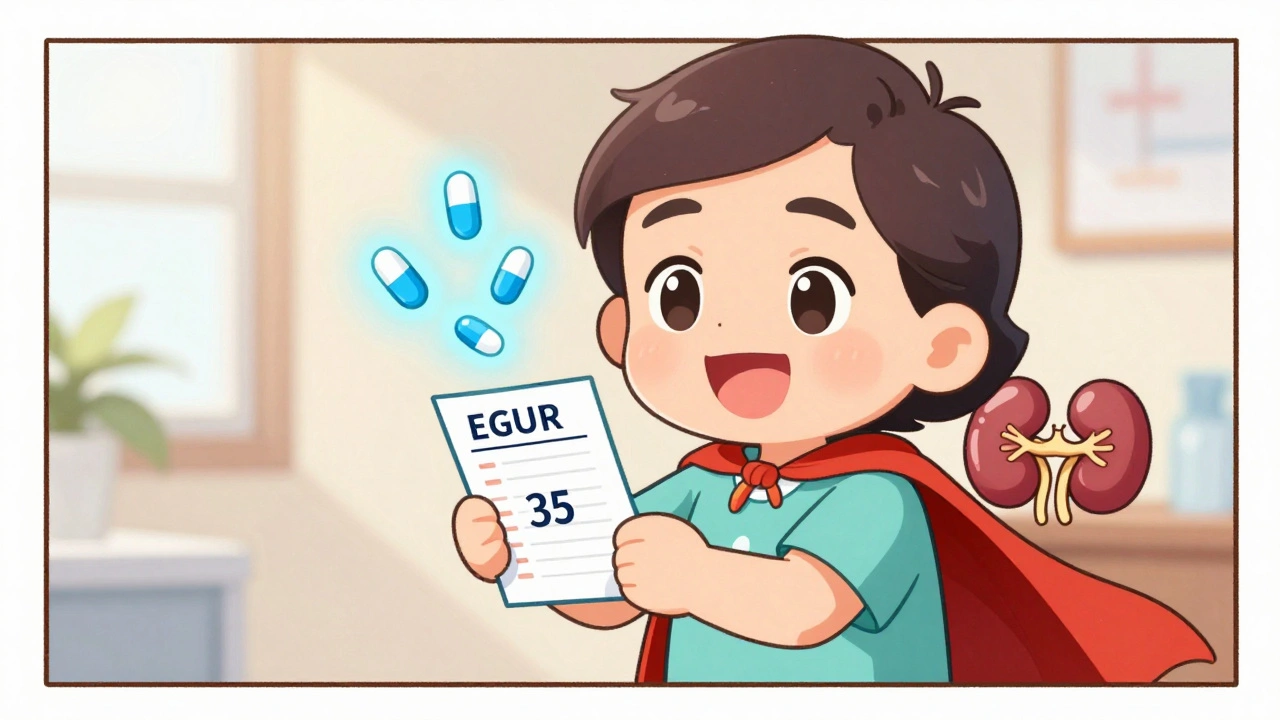
Learn the latest 2025 guidelines for using metformin and SGLT2 inhibitors in Chronic Kidney Disease. Know safe eGFR thresholds, dosing rules, side effects, and how to combine these drugs for kidney and heart protection.
read moreEmployer Health Plans and Generic Drugs: How Formularies Control Your Prescription Costs
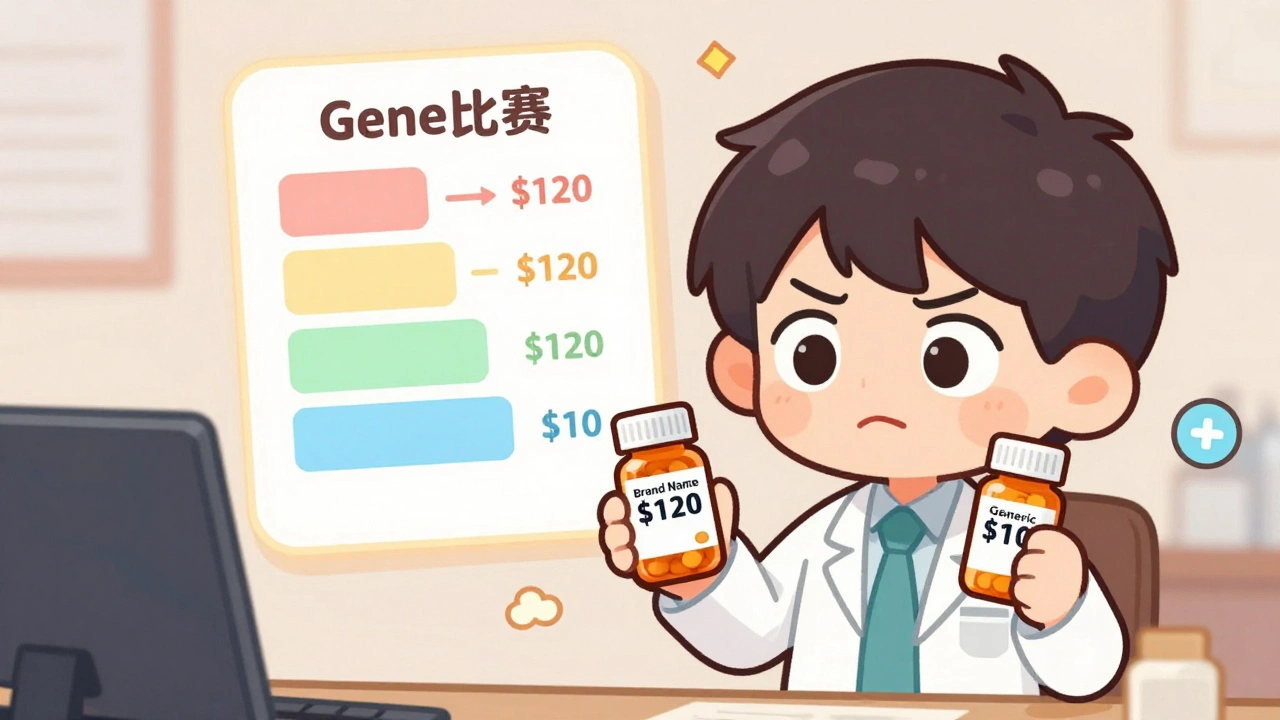
Learn how employer health plans use formularies to control prescription costs, why generics are your best bet, and what to do when your drug gets removed from coverage.
read moreHow Media Coverage Undermines Confidence in Generic Drugs
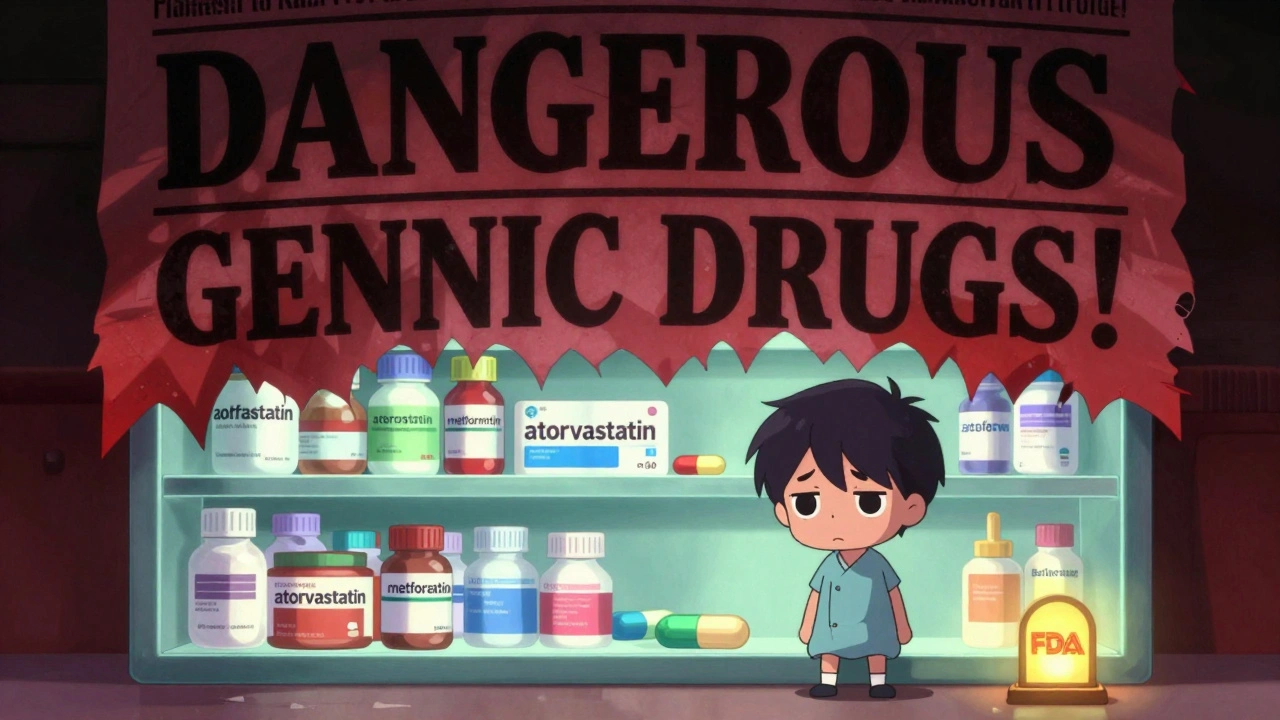
Media coverage often fuels mistrust in generic drugs despite scientific proof they're just as safe and effective as brand-name versions. Learn how headlines, language, and misinformation shape patient choices-and what you can do about it.
read moreCataracts and Glaucoma from Long-Term Steroid Use: What You Need to Know for Eye Safety

Long-term steroid use can cause silent but serious eye damage, including cataracts and glaucoma. Learn how to spot early signs, who’s at risk, and how to protect your vision with proper monitoring.
read moreHow to Reconcile Medications After Hospital Discharge to Avoid Dangerous Interactions
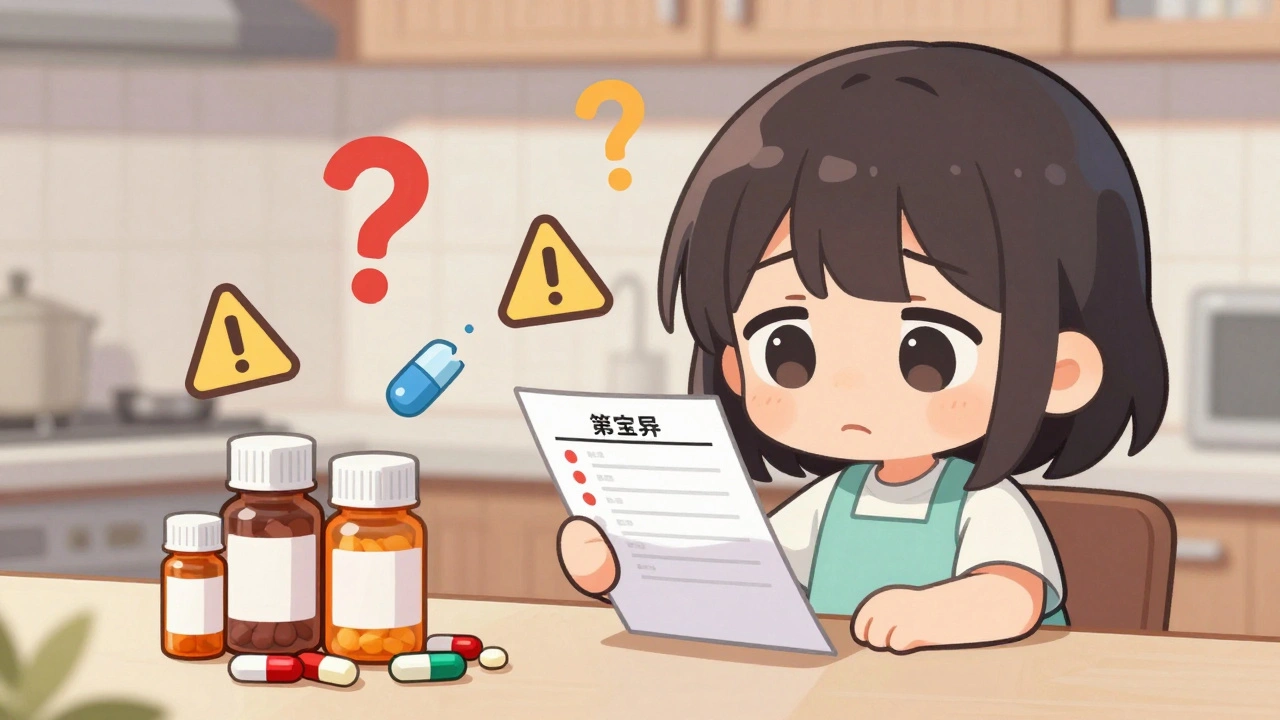
After hospital discharge, medication errors cause thousands of preventable readmissions. Learn how to reconcile your meds step by step to avoid dangerous drug interactions and stay safe at home.
read moreHow to Appeal Insurance Denials for Generic Medications: A Step-by-Step Guide
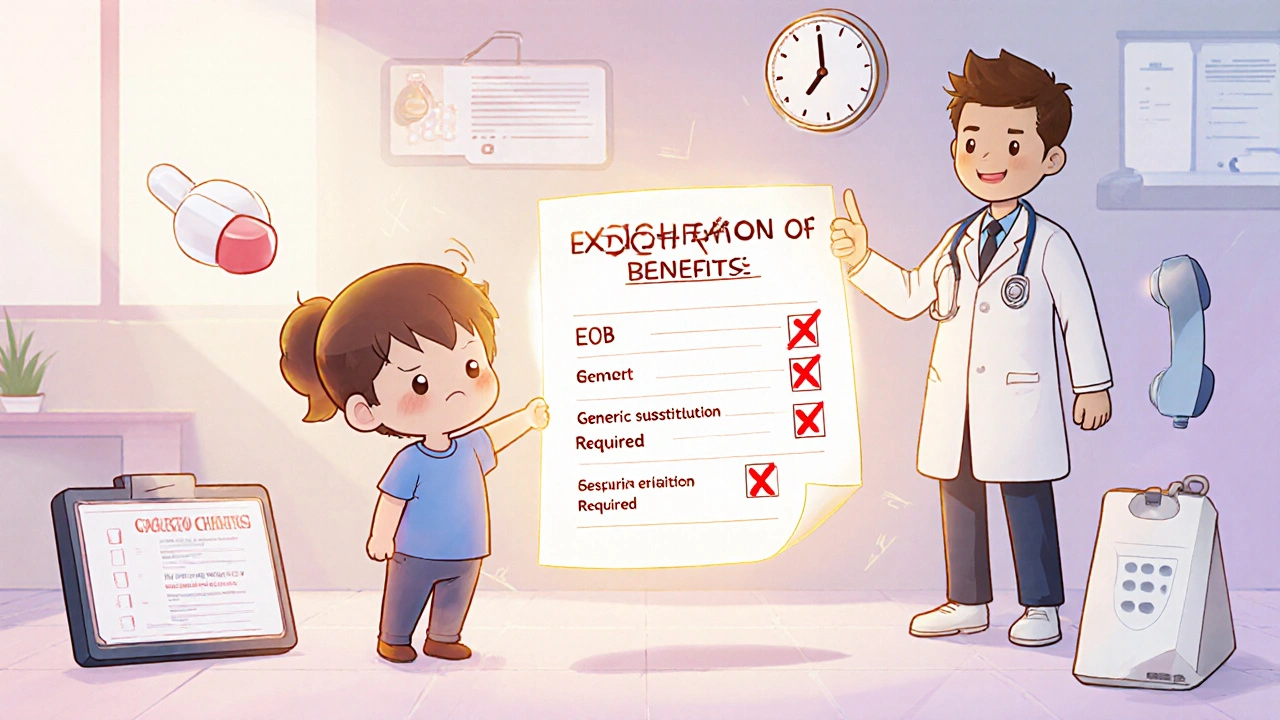
Learn how to successfully appeal your insurance denial for a generic medication. Step-by-step guide with doctor tips, timelines, and real success stories.
read morePerioperative Management of Anticoagulants: How to Safely Pause Blood Thinners Before Surgery
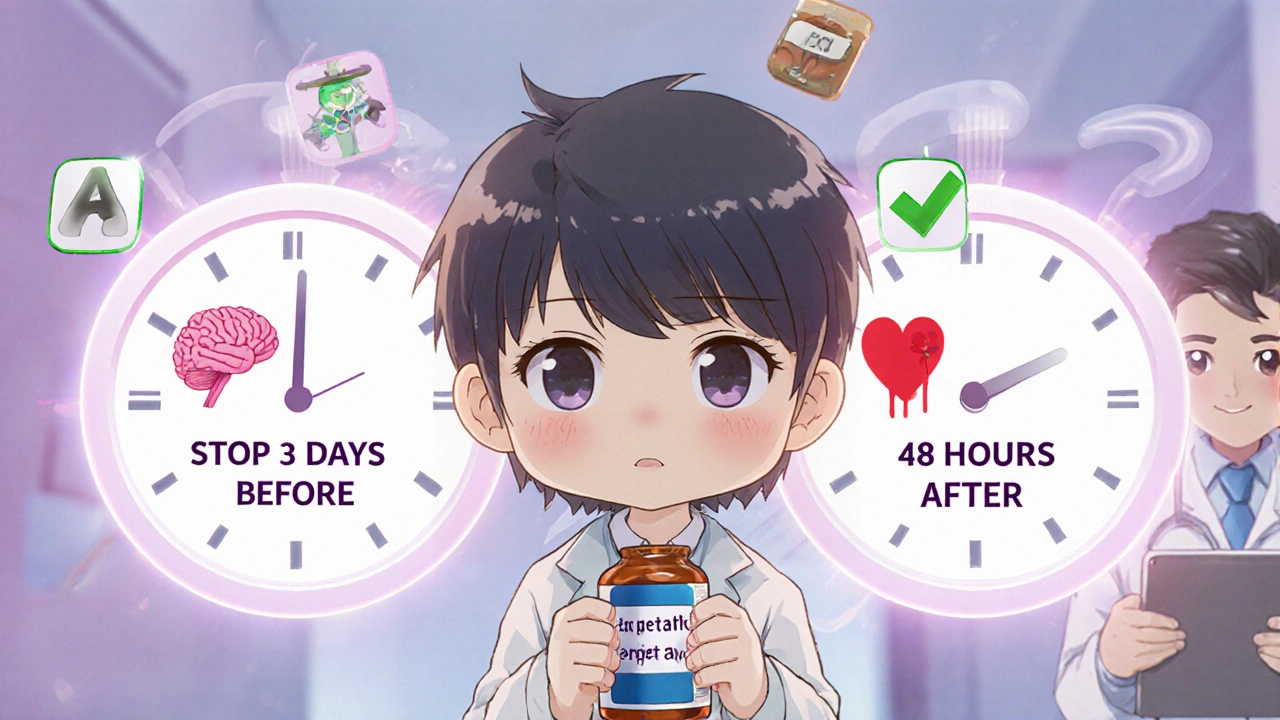
Learn how to safely pause blood thinners before surgery without increasing clot or bleeding risks. Updated 2025 guidelines for DOACs, warfarin, and emergency reversal.
read more


